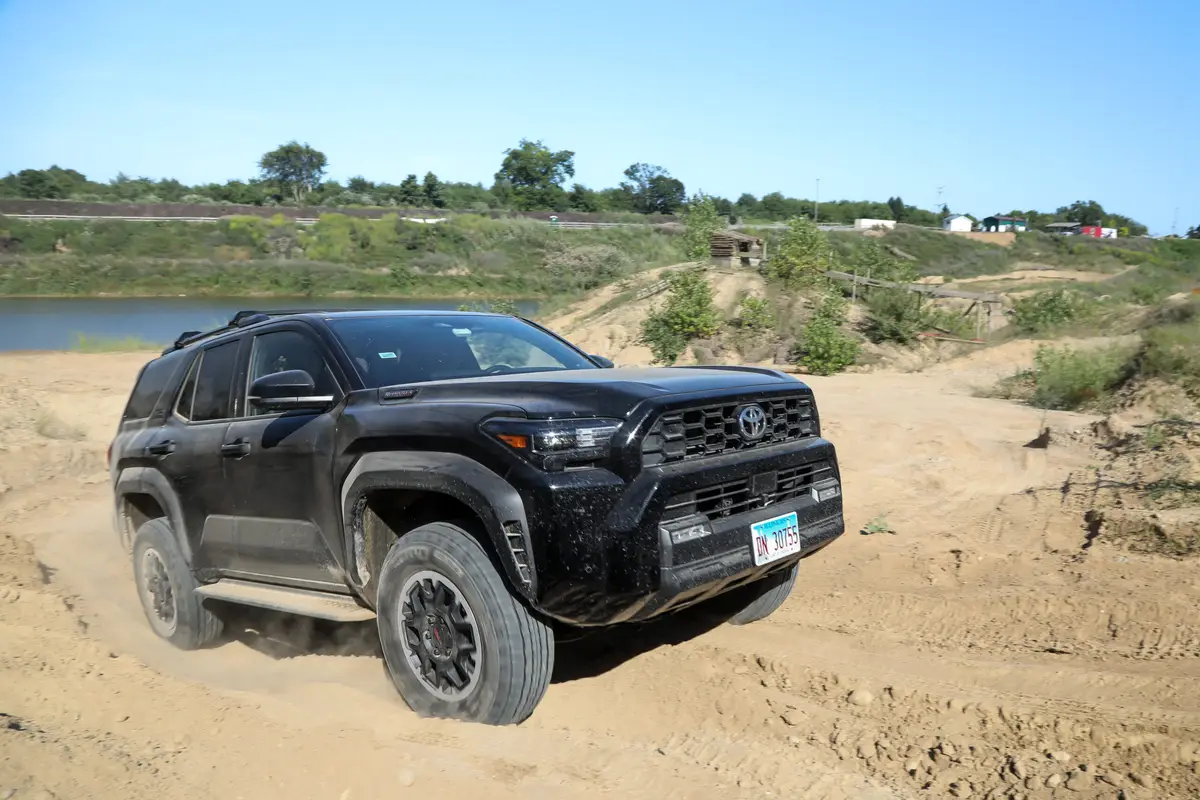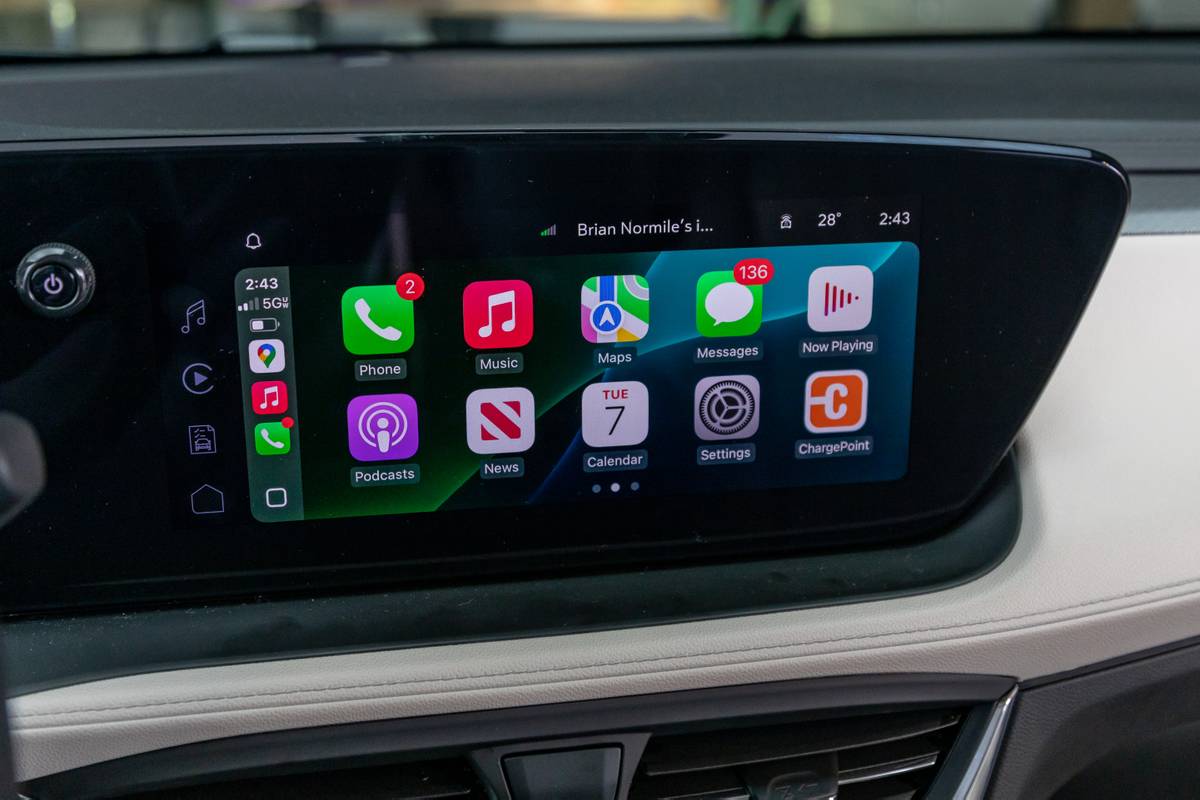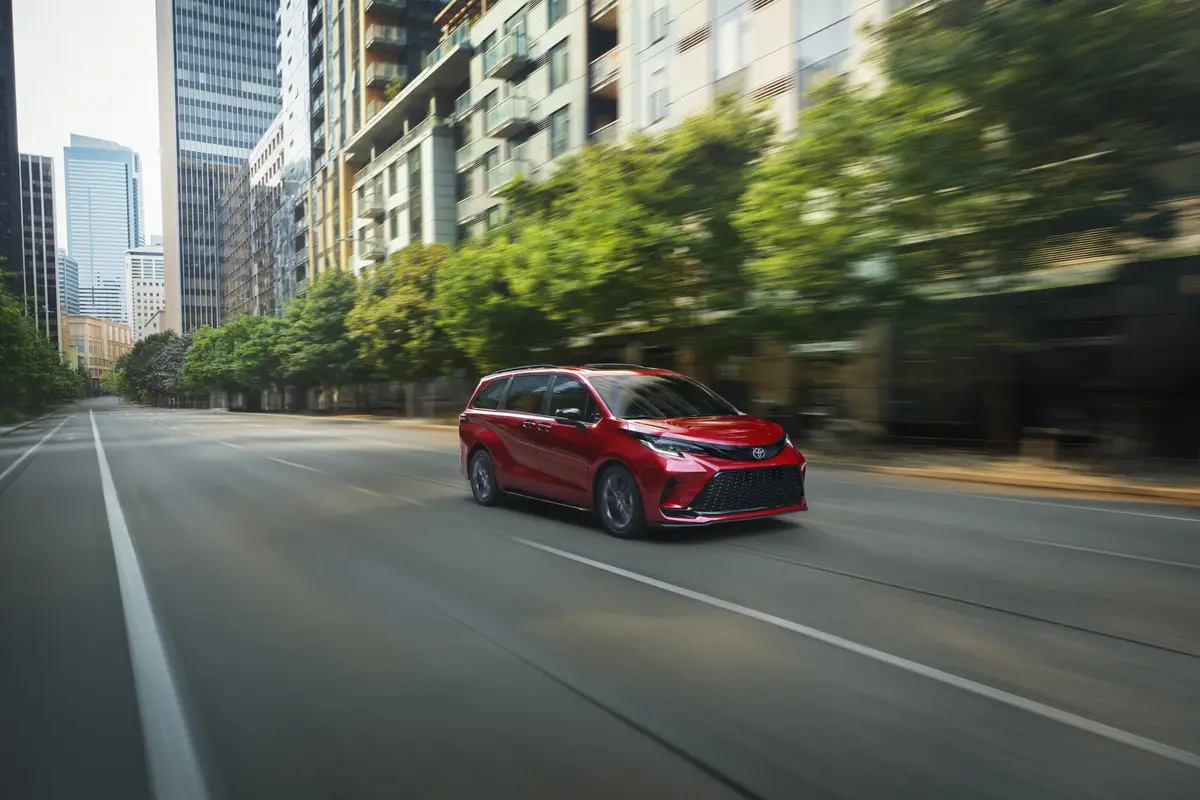Orlando Sentinel's view
When a car performs as well as the Jaguar XJR, it’s so very easy to overlook its shortcomings.
If ever there was a car that made all the right noises, conveyed class in just the right measure and performed like Arnold Schwarzenegger on steroids, it’s the supercharged XJR.
And yet this is the first time in a long time that I’ve tested a Jaguar sedan and not come away totally smitten.
That’s because even the best drivetrain on the planet can’t mask the truth: The current body of the XJ sedan is woefully inadequate compared with what is available from BMW, Mercedes-Benz and Lexus.
The XJR, which is derived from the XJ8, is just too small. The roof isn’t high enough, the body isn’t wide enough, and the back seat isn’t big enough. Tall people can’t fit in it.
Jaguar soon may find itself in the uncomfortable position of selling a less expensive car that offers more room. Next spring, the new Jaguar S-Type midsize sedan comes out. That car was developed with Ford and will be the basis for the new Lincoln LS sedans, which I have already seen. It appears possible that the S-Type will have a roomier interior than the more expensive XJ sedan.
The next generation of the XJ series is a few years off, but the direction it needs to take is clear. It must be bigger, yet still look as lithe as the current model. Good luck to the Jaguar stylist who draws that assignment.
PERFORMANCE, HANDLING
The previous version of the XJR – one of my favorite cars of all time – featured a supercharged, inline, six-cylinder engine that was capable of rocketing the 2-ton sedan to 60 mph in 6.8 seconds. The engine made a turbinelike whoosh and sounded like a jetliner shooting down the runway on takeoff.
What could be better?
How about the supercharged, 32-valve V-8 that cranks out 370 horsepower and propels the 1998 XJR to 60 mph in a neck-snapping 5.2 seconds?
There are few, if any, sports sedans capable of this level of performance. If the incredible speed were not enough to impress you, than the refined manner in which the car attains escape velocity surely will blow you away.
The velvety smooth thrust of the engine is sent to the fat rear tires through a Mercedes-Benz five-speed automatic transmission in a delicate and controlled manner. You are tempted not to believe the speedometer when it shows you how fast the car is going.
If you love to get from point A to point B quickly, the XJR may be the niftiest way to travel – on the ground. The engine has massive amounts of muscle at all speeds. Midrange power is nothing short of spectacular.
At just over 2 tons, the XJR is a heavy car for its size, but the weight may be an advantage. The ride is incredibly smooth, stable and quiet.
This year’s XJR has a slightly softer four-wheel independent suspension system than previous models, but that doesn’t detract from its performance. The car irons out the bumps in the road, and somehow the XJR corners as if on rails.
Top th at off with a responsive rack-and-pinion steering system and industrial-strength, four-wheel anti-lock brakes, and you have the final ingredients of a technical masterpiece.
Now, if only the body in which all this wonderful machinery were housed were a bit better, the package would be complete.
FIT AND FINISH
There’s still magic when you look out the windshield and over the lovely sculpted hood of the XJR. The chrome leaping Jaguar hood ornament conveys a level of heritage, performance and class that no Lexus, Infiniti or Acura has equaled.
And yet, as I was logging more than 800 miles in our British racing green test car, I felt cramped. When the car is full of people, you feel too close together.
A Dodge Neon, for instance, has 2 inches more of headroom, more than an inch of front legroom and roughly the same amount of rear legroom.
Space limitations aside, the XJR is a well-made automobile. Each year since Ford took over, Jaguar has made g reat stride sin improving the way it builds cars. Jaguar’s quality improvements have registered big gains in annual customer satisfaction surveys.
But even the most meticulously assembled cars in the world will start to malfunction under constant abuse – and that was the case with our test car.
Though I found nothing loose or sloppily assembled, our test car has had the daylights pounded out of it by auto writers from magazines and newspapers for almost a year. A recurring trouble code in the engine’s computer kept appearing in the message area, and when it came on, the cruise control would not operate. The dash lights flickered, and a rear seat belt wouldn’t retract.
Still, the 1998 XJR is the best of the breed, so far. The switches and controls have been updated from previous models and now are conventional. This time around, the memory system for the driver’s seat worked perfectly, the loud clunking in the electric door lock system is gone and the high-performance radio was the best I’ve ever heard in a car.
Jaguar’s leather seats are excellent. Power adjustments enable the driver to move them in a variety of directions quickly and then store the settings in the memory system, which also controls the mirrors and steering wheel.
Rear seat room can be snug for taller adults. The trunk is adequate but nothing more.
As usual, the XJR has wood panels on the dash, door panels, console and steering wheel. To this day, no other automaker, except Rolls-Royce, does wood better.
At $67,000 and change, the XJR would have to be considered a bargain in light of the performance it offers and the equipment that comes standard.
1998 Jaguar XJR
Base price: $67,400.
Safety: Dual front and side air bags, traction control, anti-lock brakes and side-impact protection.
Price as tested: $67,980.
EPA rating: 16 mpg city/21 mpg highway.
Incentives: None.
Truett’s tip: With a 0-to-60 mph time of 5.2 seconds, Jaguar’s XJR is a road missile. But despite its blistering performance and superb handling, the car needs to be updated.
Latest news



